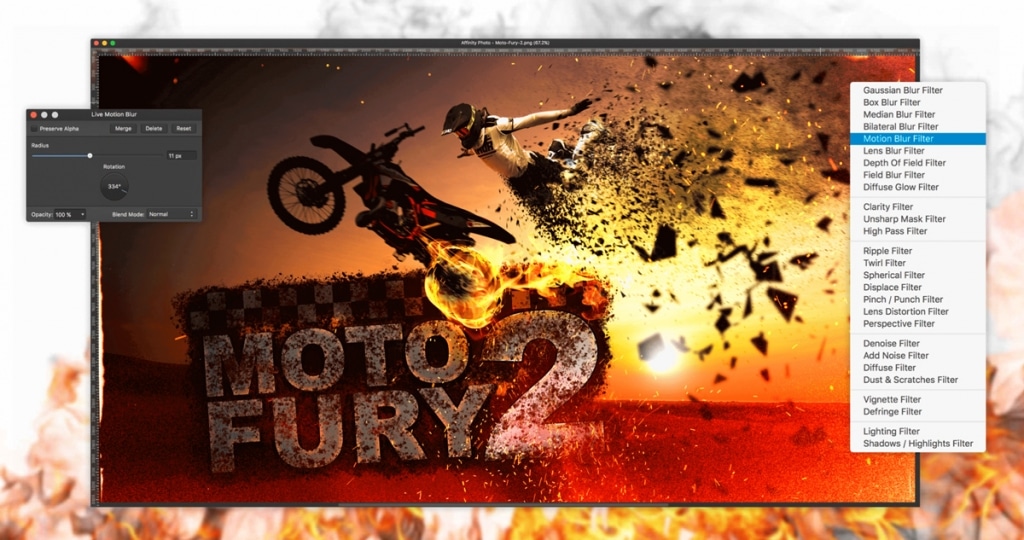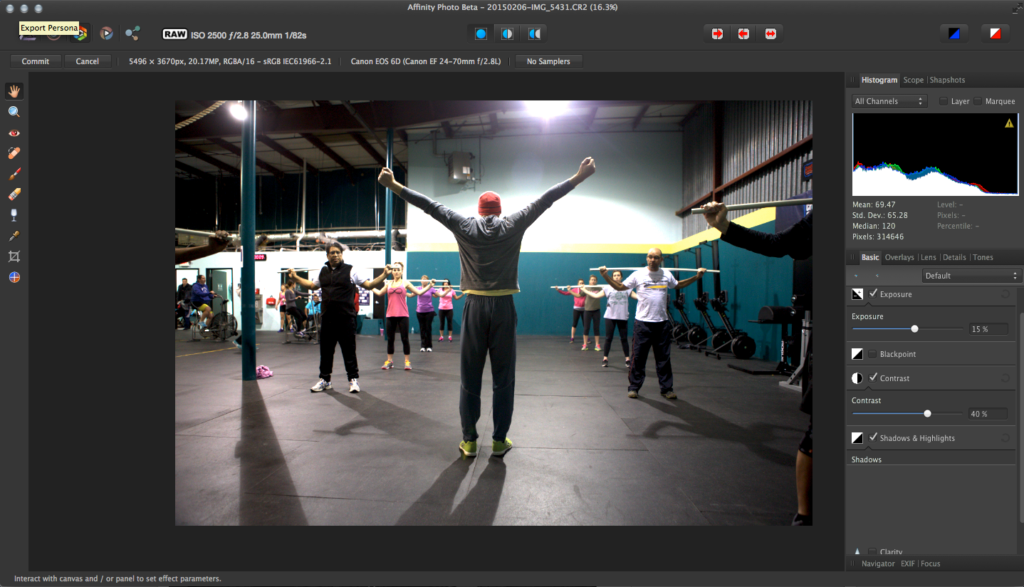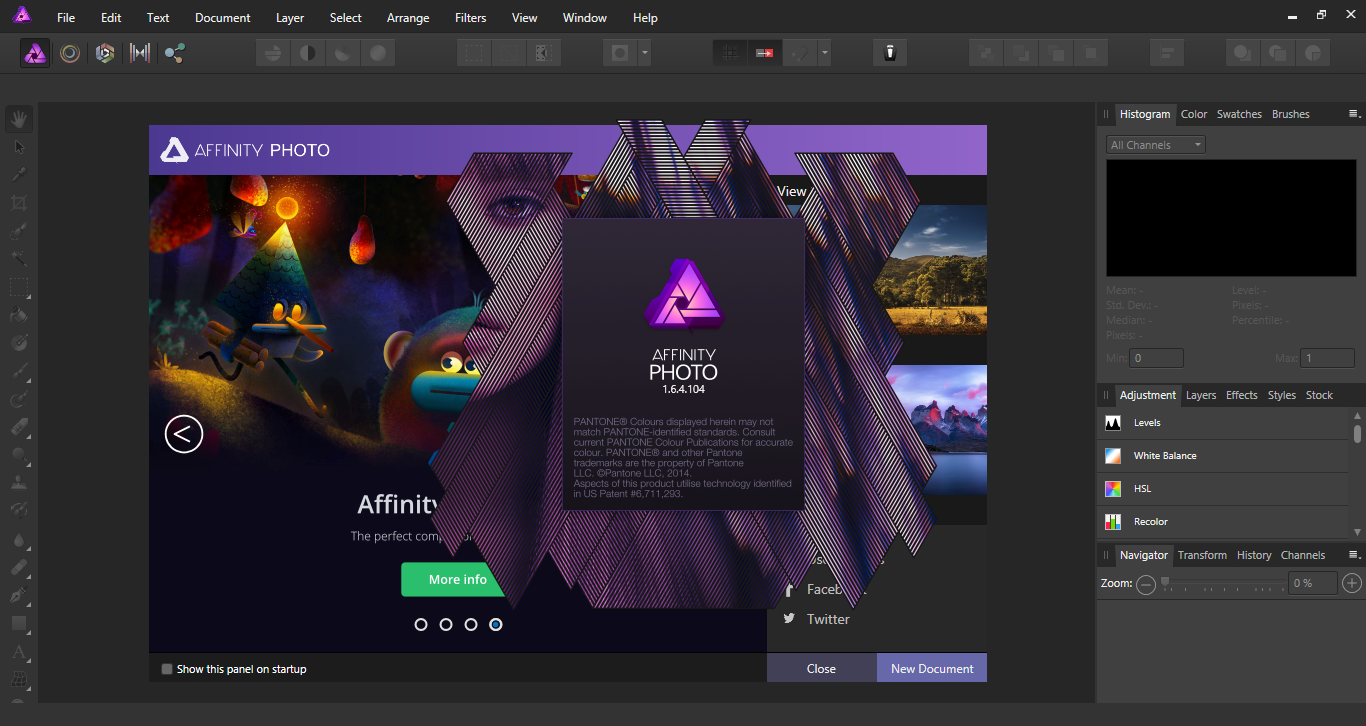

However, I wouldn’t recommend working on files stored on external drives. With Affinity Photo, you can save and open files from external hard drives. Instead, it gives you a reference point from where they’re stored in the hard drive. Hard Drive StorageĪlthough Lightroom offers an image cataloging feature, that doesn’t mean it stores them within the software. The app provides access to most of the software’s basic photo editing features, perfect for quick retouching of your selfies and other mobile-taken photos.
#Affinity photo editor android for free#
You can download Lightroom Mobile for free from the Apple and Android stores. Plus, it’s only available on the Apple Store. Meanwhile, Affinity Photo supports the following file formats:Īffinity Photo is available on iPad, but access needs a one-time payment.

Blemish Removal Tool: It blends the targeted pimple or unsightly area with a sample part to adjust discoloration.

#Affinity photo editor android software#
The software provides presets, radial filters, and batch editing options. Now, that’s not to say that Lightroom doesn’t have its fair share of creative features. It’s hard to beat the software with its HDR merging, content-aware fill, and 3D editing capabilities. In regards to creative features, Affinity Photo holds more. With HSL controls that modify Hue, Saturation, and Lightness, Affinity Photo is also more intricate than Lightroom. Meanwhile, Lightroom’s curves tool is easier to use. It has more precision, especially with tonal range. If we’re also looking at curves, which help adjust the highlights, shadows, and midtones of an image, Affinity Photo still wins. Overall, you have more control over your image editing work and flexibility. The tool allows you to perform almost all the same image retouching and adjustments in Lightroom and more.Īffinity Photo offers masking, layering, split-toning, soft proof, OCIO, and gradient map adjustment features. In this instance, I believe that Affinity Photo is a better option. In photo editing, adjustment tools can make or break your choice. Lightroom offers more advanced features for this service compared to Affinity Photo. You can go back to the unmodified version of your image at any time, which can be a lifesaver for many photographers.įortunately, Lightroom and Affinity Photo offer this non-destructive editing feature. Non-Destructive EditingĪ non-destructive editing feature allows you to retrace your editing steps so you have the original and newly edited images saved. Luckily, its competitor, Affinity Photo can support vector files. In this case, you wouldn’t be able to use Lightroom for this task.

You’re likely going to need vector images to complete your vision. Let’s assume that you’re creating a graphic design or illustration. Meanwhile, Lightroom doesn’t include text editing tools. You can also create paragraph indents, adjust text properties, add tab stops, and apply different text styles. The tool allows you to edit the frame, art, and table text. Text EditingĪffinity Photo provides a text editing option. Lightroom doesn’t allow you to edit effects and adjustments added in layers to an image. Layer EditingĪffinity Photo has a layer-based editing option, where you combine multiple images and make a composite.įor instance, I used the tool to combine an image of a newborn and a cloud background to create a more impactful final result. It offers similar editing features as Adobe Lightroom with the addition of other features. When it comes to editing capabilities, Affinity Photo takes the lead. Nonetheless, you can differentiate them using factors like editing capabilities, organization, and system performance to find the right one for your needs. Lightroom and Affinity Photo are exceptional photo editing tools. Lightroom vs Affinity Photo: Key Differences in Image Editing Software


 0 kommentar(er)
0 kommentar(er)
